Does Curl Typing Really Matter?
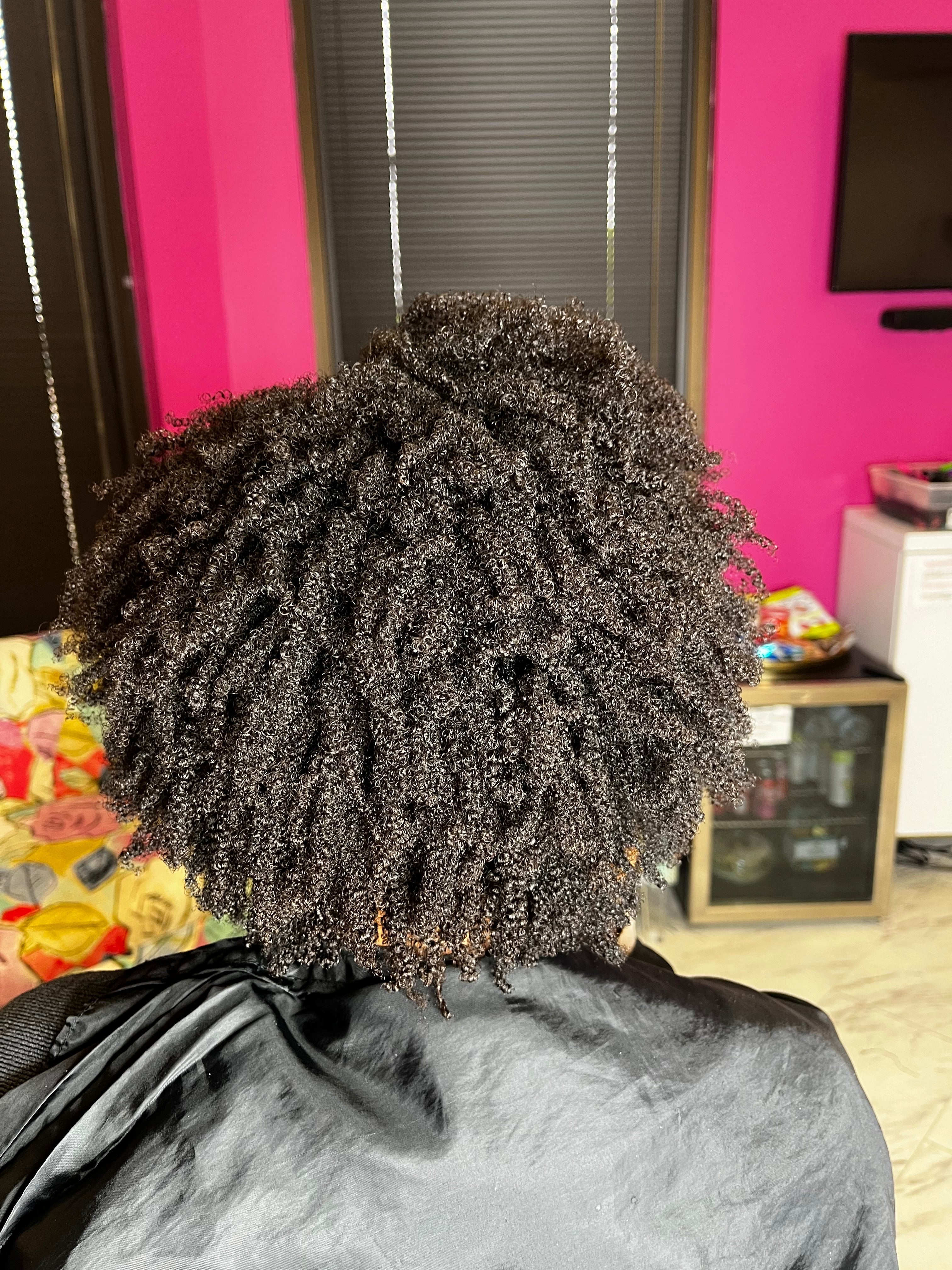
Does Curl Typing Really Matter? 🤔💭
When it comes to natural hair, one of the most talked-about topics is curl typing. From 2A waves to 4C coils, the system created (by a hair stylist, which is very important to note) to categorize curls has been a staple in the natural hair community. But does it really matter? Let’s dive in!
What is Curl Typing?
Curl typing is a classification system that helps identify hair patterns based on their curl, wave, or coil shape. The system typically includes:
- Type 2 (Wavy)

- Type 3 (Curly)

- Type 4 (Coily/Kinky)

Each type is further divided into A, B, and C (some even say D) based on how tight or loose the pattern is. While it helps many people understand their hair and find others with hair like them, it doesn’t tell the full story.
Why Curl Typing Can Be Helpful
For beginners in their natural hair journey, curl typing provides a starting point. It can help:
✅ Narrow down product choices
✅ Find styling techniques that work best
✅ Connect with others who have similar hair types
For example, if you have 3A curls, you may gravitate toward lightweight creams or foams that define without weighing your hair down, while someone with 4C coils might need hardier stylers and liquid moisturizers to combat dryness.
Where Curl Typing Falls Short
While knowing your curl type can be useful, it shouldn’t be the only factor in your hair care routine. Why? Because it doesn’t account for:
💇🏾♀️Strand texture - do you have silky strands or are they more kinkier
💧 Porosity – How well your hair absorbs and retains moisture
💪🏾 Density – How thick or thin your hair is overall
🧵 Strand Thickness – Whether your individual strands are fine, medium, or coarse
🙋🏾♀️ Classification system - as a black woman the last thing I want is to be in is yet another class system.
I digress...
Two people can both have 4A curls but completely different needs based on porosity, strand texture (silky or kinky) and strand circumference (thickness).
So, Does Curl Typing Really Matter?
Yes… but only to a certain extent. It’s a great reference, but understanding your hair’s unique needs beyond curl type is the real game-changer. Instead of focusing only on the numbers and letters, pay attention to how your hair feels, reacts to products, and retains moisture.
At the end of the day, the best routine is the one that works for YOU—regardless of what the curl chart says!

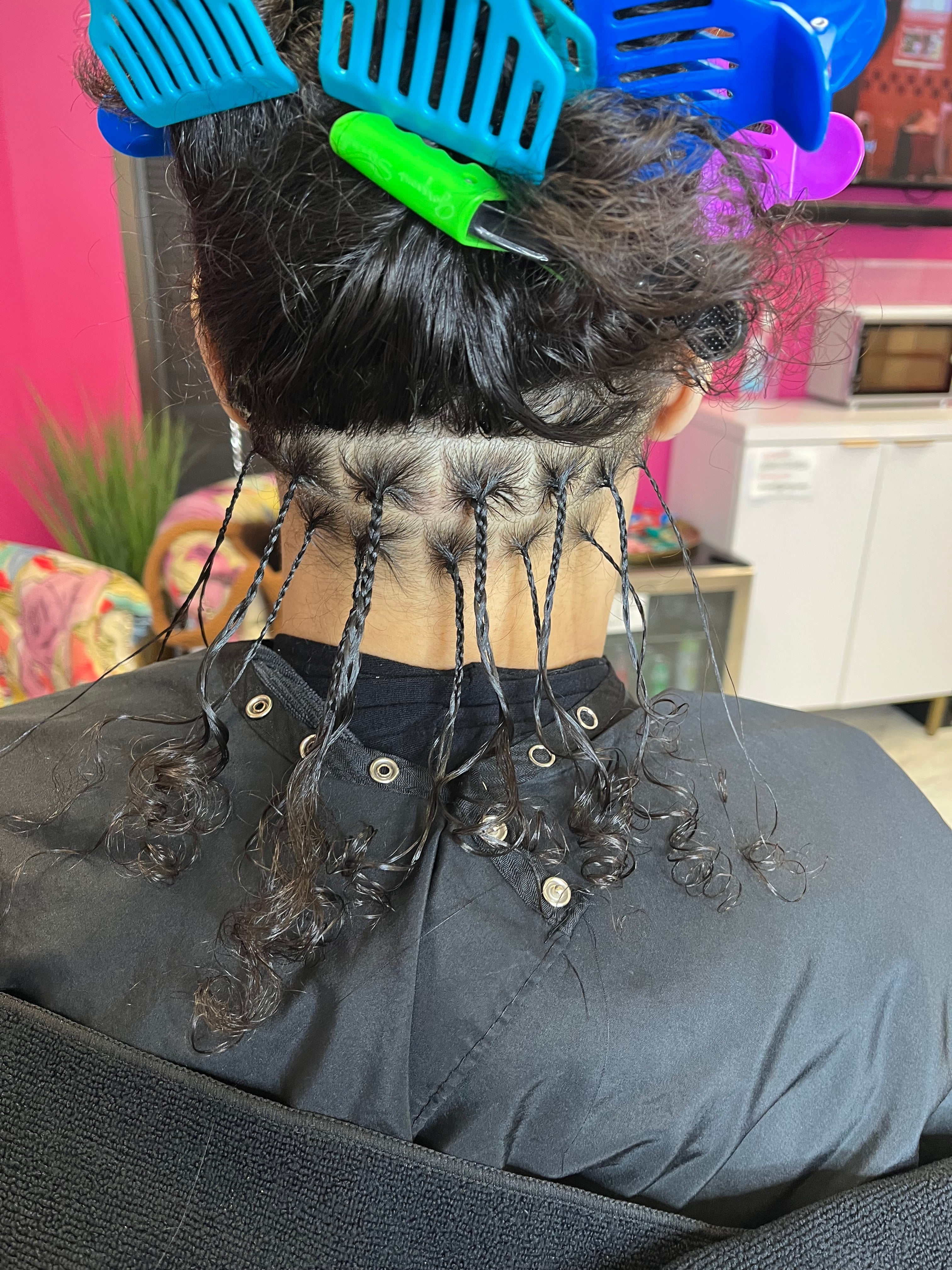

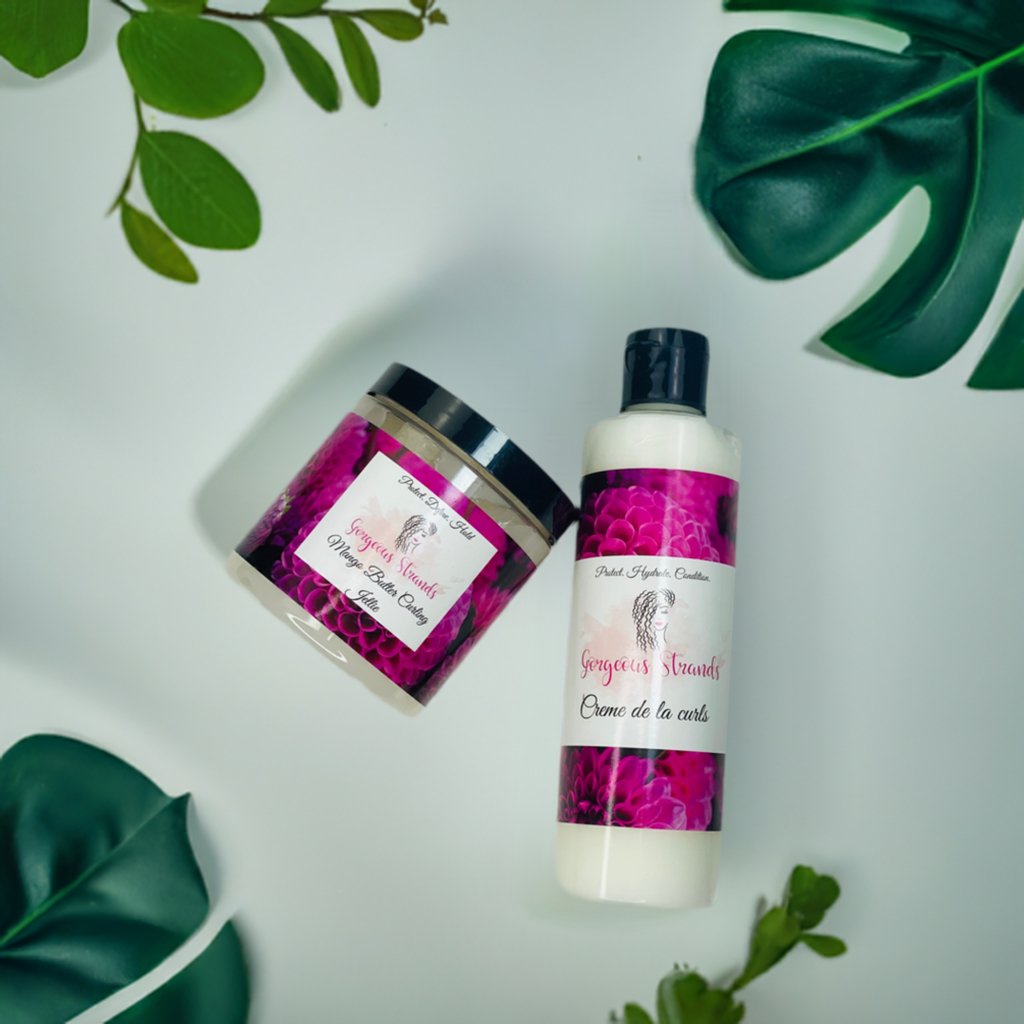

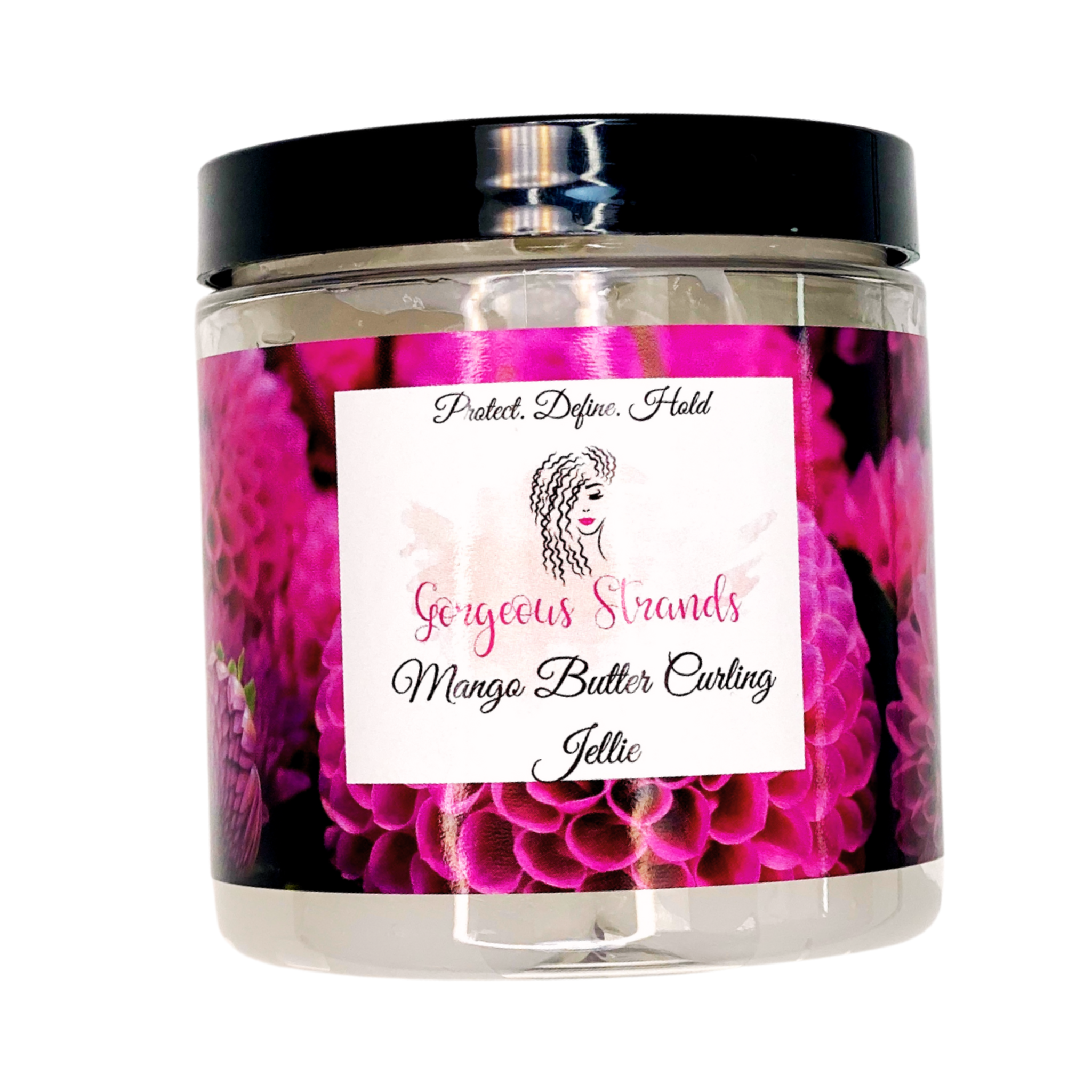
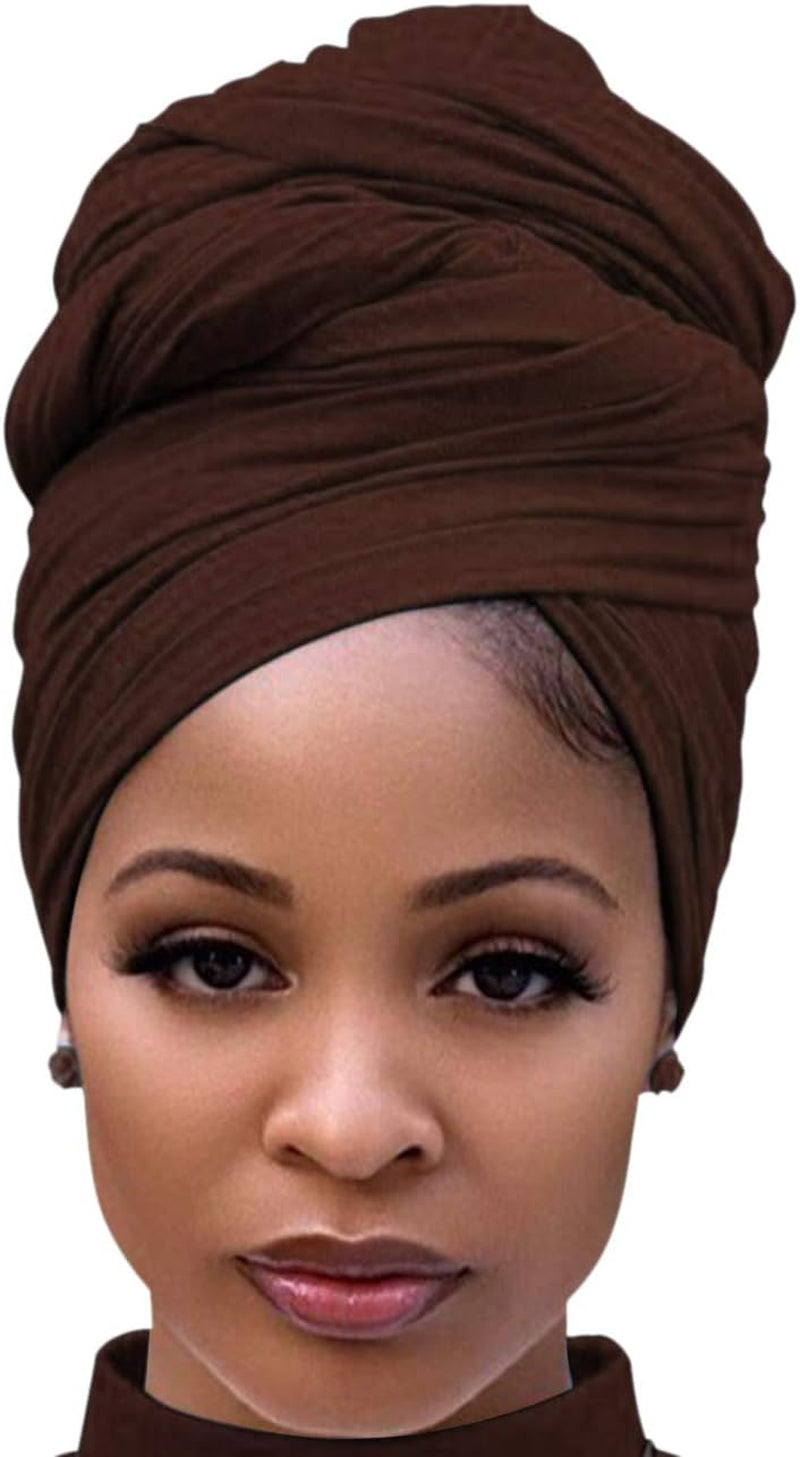
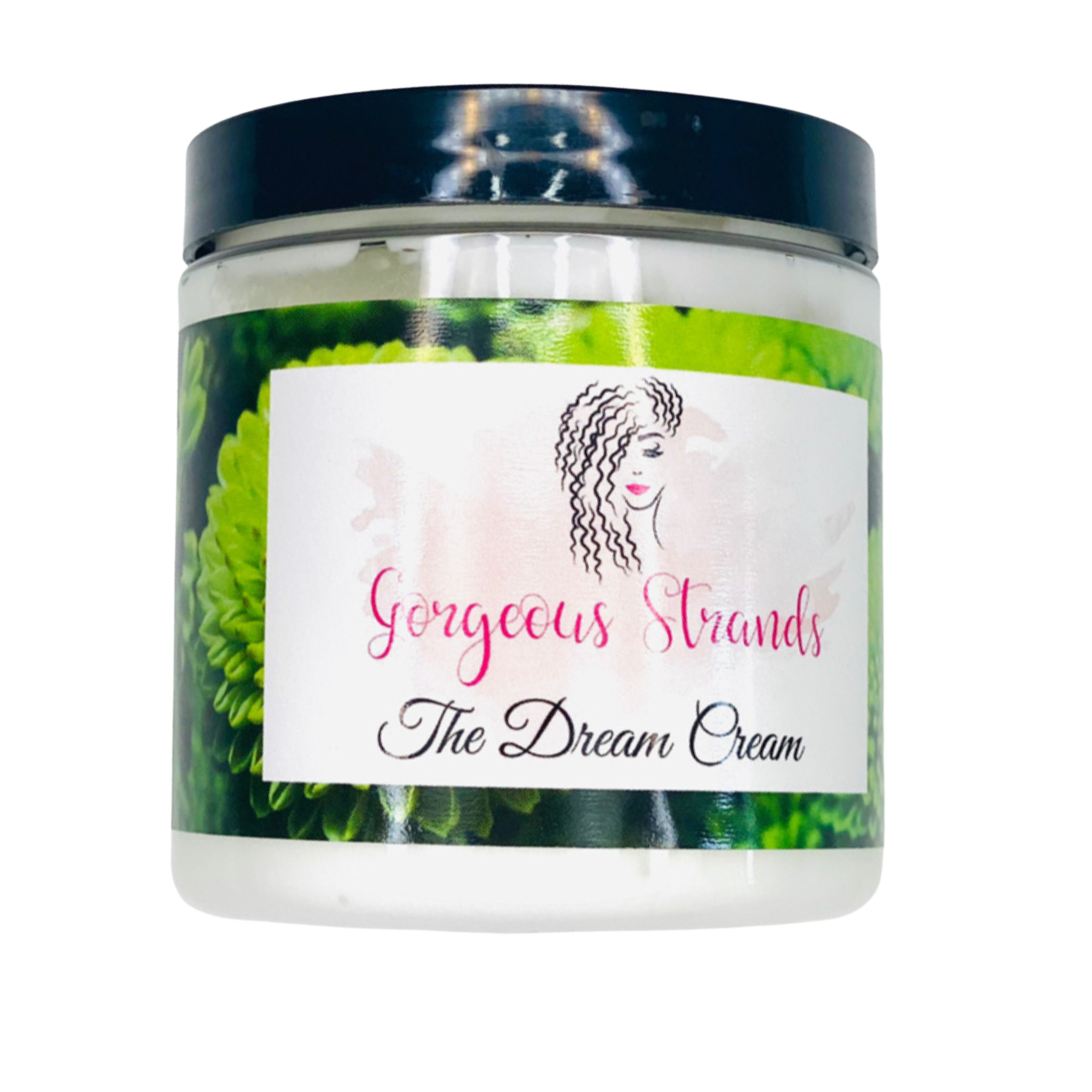

Comments